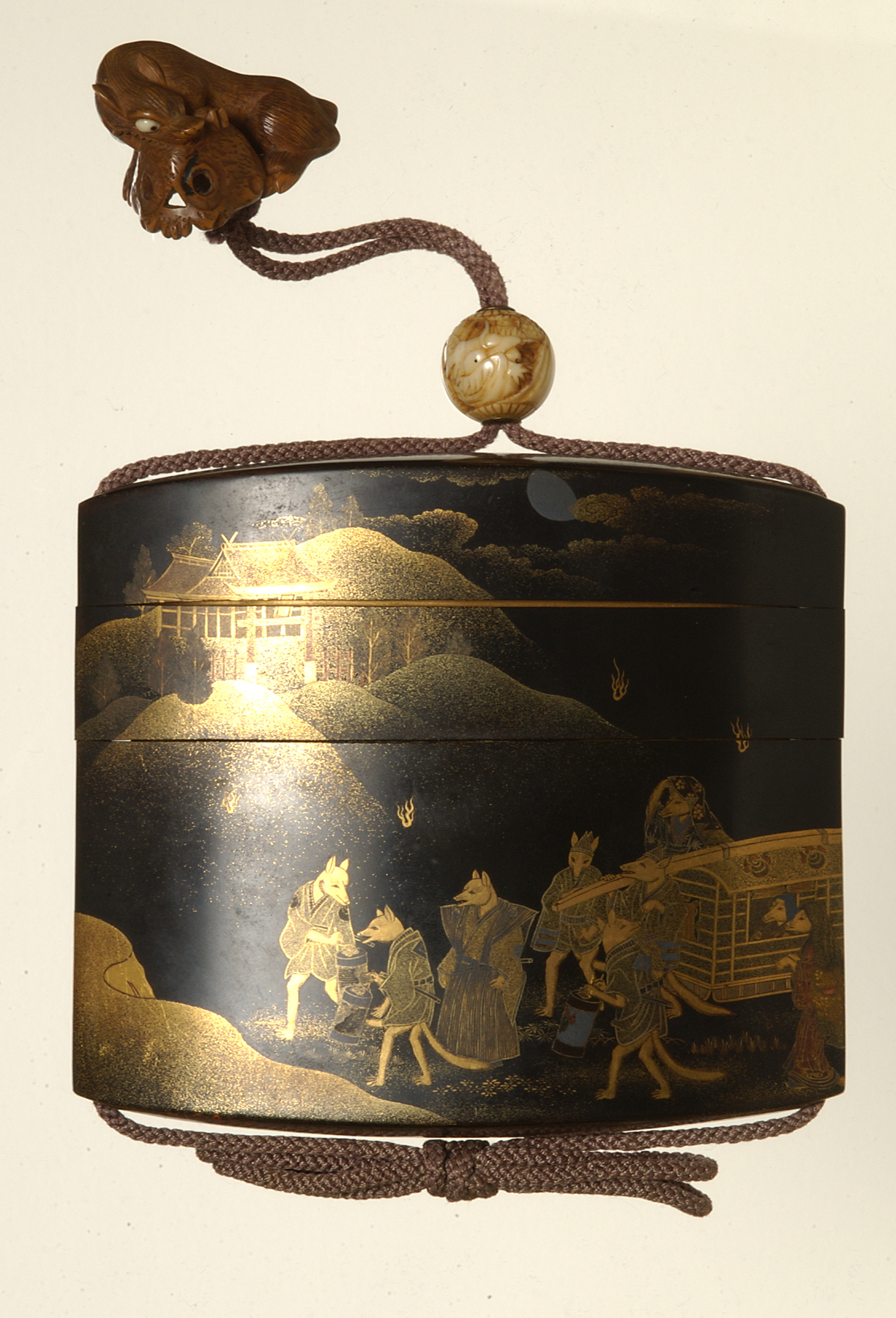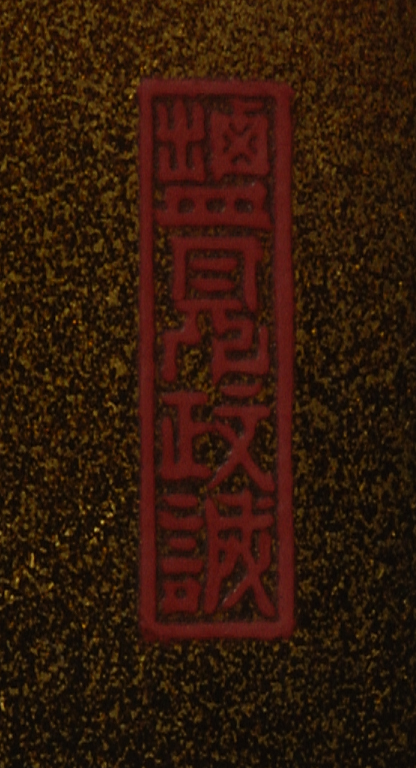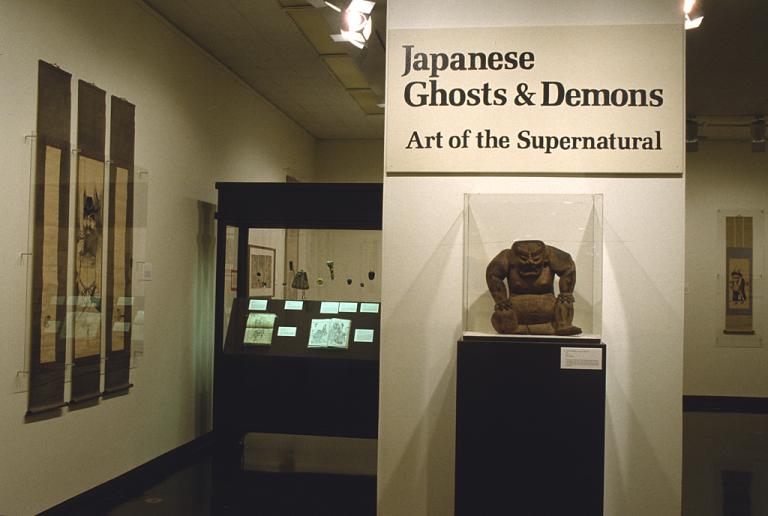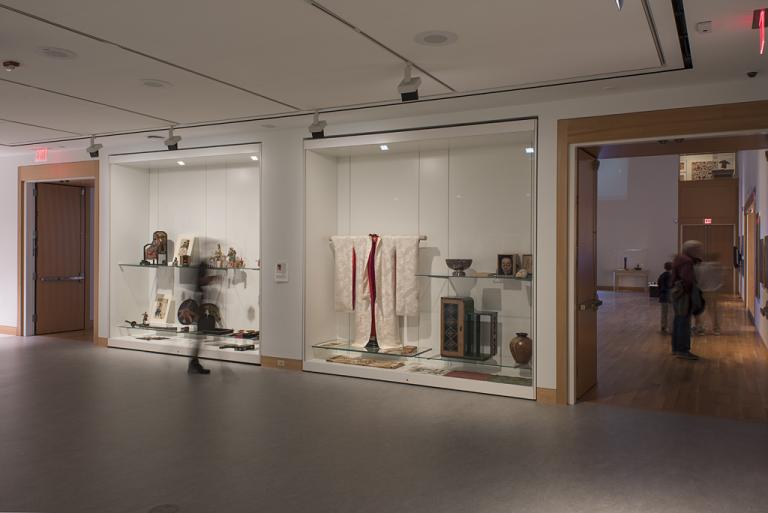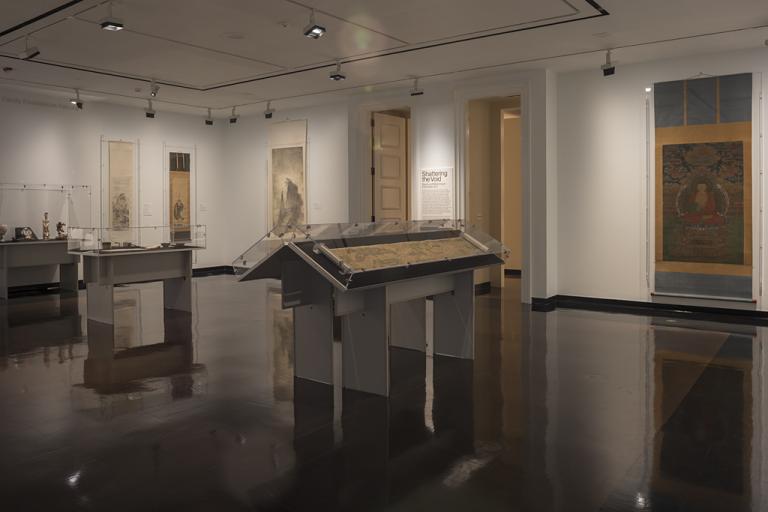inro, netsuke, ojime (fox wedding scene), Shiomi Masanari
Artwork Overview
Shiomi Masanari, artist
1647–1722
inro, netsuke, ojime (fox wedding scene),
early 1700s
Where object was made: Japan
Material/technique: lacquer; wood; gold; ivory
Dimensions:
Object Length/Width/Depth (Length x Width x Depth): 10.1 x 11.5 x 2.5 cm without string
Object Length/Width/Depth (Length x Width x Depth): 4 1/2 x 4 x 1 in
Object Length/Width/Depth (Length x Width x Depth): 22.1 x 11.5 x 2.5 cm with string extended
Object Length/Width/Depth (Length x Width x Depth): 4 1/2 x 8 11/16 x 1 in
Object Length/Width/Depth (Length x Width x Depth): 10.1 x 11.5 x 2.5 cm without string
Object Length/Width/Depth (Length x Width x Depth): 4 1/2 x 4 x 1 in
Object Length/Width/Depth (Length x Width x Depth): 22.1 x 11.5 x 2.5 cm with string extended
Object Length/Width/Depth (Length x Width x Depth): 4 1/2 x 8 11/16 x 1 in
Credit line: William Bridges Thayer Memorial
Accession number: 1928.0031.a,b,c
Not on display
If you wish to reproduce this image, please submit an image request

